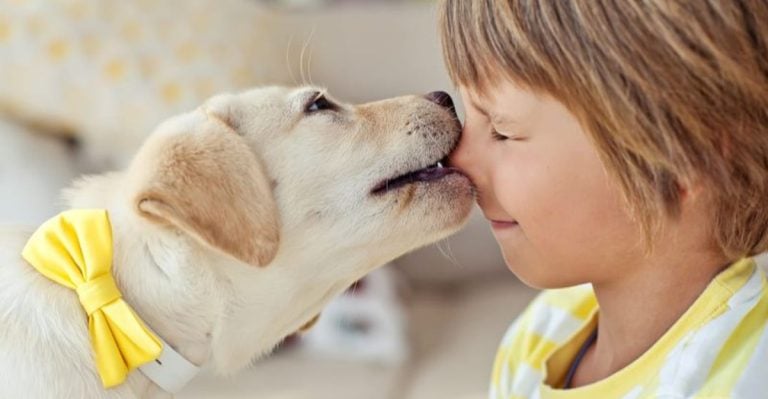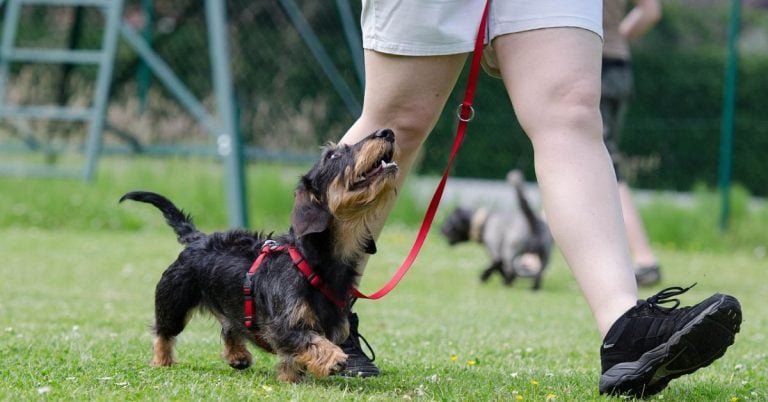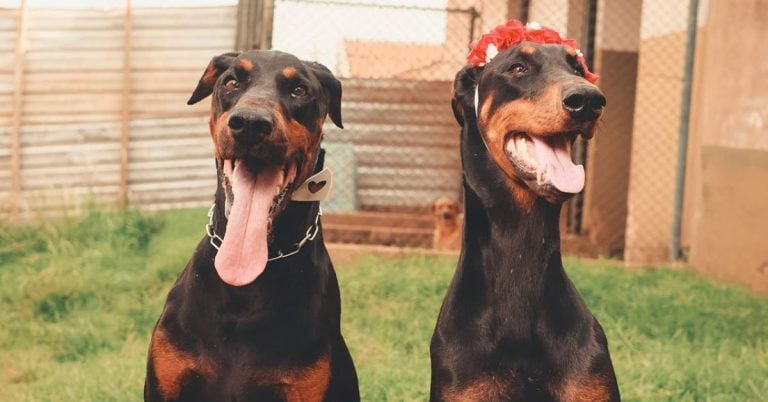Top 15 Crate Training Tips For New Puppy Owners

Got a new pup who’s already claimed your heart—and your shoes? It’s exciting, right? But there’s that one tiny detail that can throw a wrench in your puppy-parenting dreams: crate training. The crate can be your puppy’s personal space to relax and feel safe, all while giving you a much-needed break. So, here are 15 crate training tips that’ll have your little pup cozy in their crate and make you feel like the pro puppy parent you were always meant to be.
Start Crate Training Early

Crate training works best when started early. Puppies under 16 weeks are more adaptable to new experiences, including crate training. The earlier you introduce your puppy to their crate, the easier it will be for them to get used to it as they grow.
Choose The Right Crate Size

The right size crate is key to a successful training experience. A crate should allow your puppy to stand up, turn around, and stretch out. A cramped crate can make your puppy feel uncomfortable, while one too large might encourage them to use one corner as a bathroom.
Start With Short Sessions

Patience is essential when crate training. Start with short sessions—just 5 to 10 minutes—and gradually extend the time as your puppy gets used to their new space. The goal is to help them feel relaxed, not confined. Build trust slowly, and your puppy will grow comfortable in their crate.
Positive Reinforcement For Success

Reward your pet for good behavior in the crate. Offer treats, toys, or praise when they enter or relax inside. This strengthens the positive association with the crate. Puppies respond better to encouragement than to correction, making reinforcement a key tool in training.
Never Use The Crate For Punishment

Crating should never feel like punishment. If your puppy associates the crate with bad experiences, they may develop anxiety or avoidance behaviors. Always ensure the crate is a safe haven, not a place of isolation, to foster positive feelings towards it.
Create A Cozy Crate Environment

The key to a welcoming crate is comfort. Line the bottom with soft bedding or clothing that carries your scent. You can also throw in a chew toy or two. This way, your puppy can see the crate as a comforting space to rest and nap.
Use A Cue Word For Crate Time

Assigning a specific word, like “crate,” helps your puppy understand what’s expected. Consistent use of this cue word, followed by positive reinforcement, makes crate time more predictable. It’s an easy trick that helps your puppy link actions with commands.
Avoid Crating Your Puppy For Too Long

Don’t overdo it—puppies need time to play and stretch their legs. If you crate your puppy for too long, they may become anxious or frustrated. A puppy’s attention span is short, so consider frequent breaks and plenty of playtime outside the crate. For instance, puppies under eight weeks should not be trained for 30 to 60 minutes.
Make Crate Time Enjoyable

Crate time should never be boring! A good way to make it fun is by feeding your puppy their meals inside the crate. Not only does this encourage them to associate the crate with happy experiences, but it also makes it a go-to spot for snack time.
Gradual Introduction To The Crate

Introduce the crate slowly by leaving the door open at first. Let your puppy explore it without pressure. Gradually, close the door for a few seconds and reward calm behavior. This step-by-step method builds confidence and trust between you and your puppy.
Avoid Immediate Reactions To Whining

Puppies often whine when they are first crated, but responding too quickly can reinforce this behavior. Wait until the whining stops before letting them out. By doing so, your puppy learns that calm behavior, not whining, is what gets attention.
Create A Consistent Routine

Dogs thrive on routines, and puppies are no exception. Set up a schedule where crate training is part of their daily routine. Consistency helps your puppy understand when it’s time to rest in their crate, leading to better sleep and less anxiety during training.
Use Crate Training For Potty Training

Crates are good for potty training because puppies naturally avoid soiling their sleeping area. This means they’ll hold it until they are let outside. Combine crate training with regular outdoor trips to teach your puppy where it’s appropriate to do their business.
Introduce Different Environments

Crate training doesn’t have to be limited to one room. Gradually introduce your puppy to the crate in different areas of the house. This helps them learn that the crate is a safe space no matter where it’s located, making it easier to adapt to different situations.
Be Patient And Persistent

Crate training takes time. Some puppies adjust in a few days, while others may take weeks. Be patient, and always remember that consistency is key. The effort will pay off as your puppy learns to see the crate as a positive and secure space.






